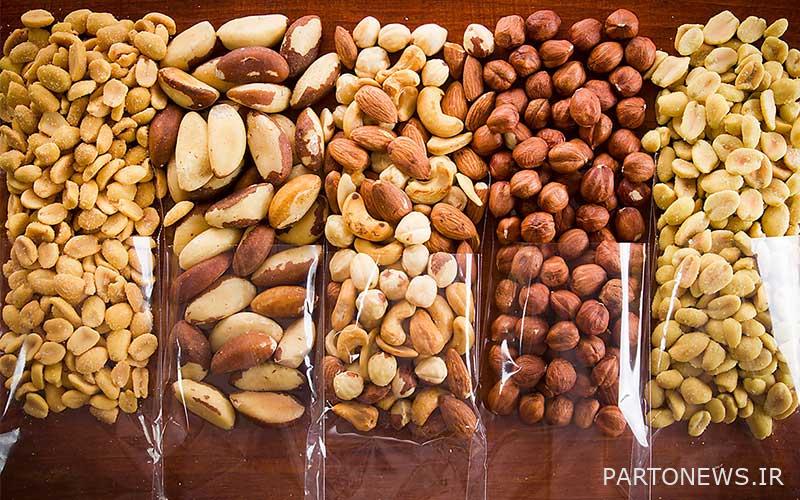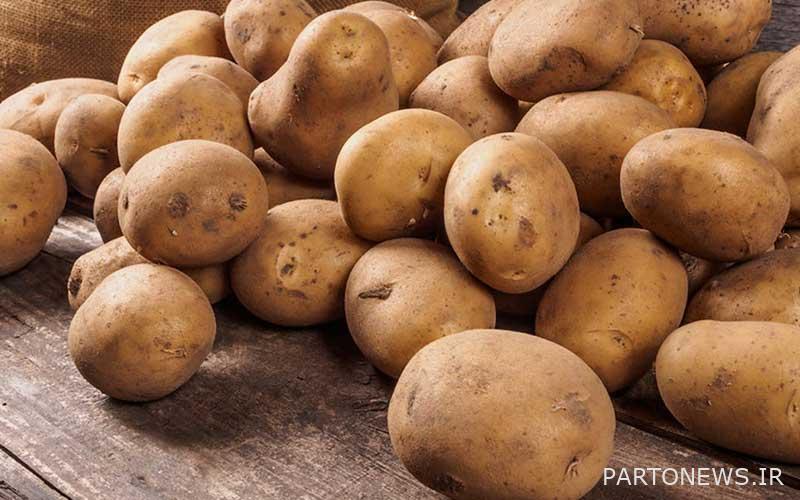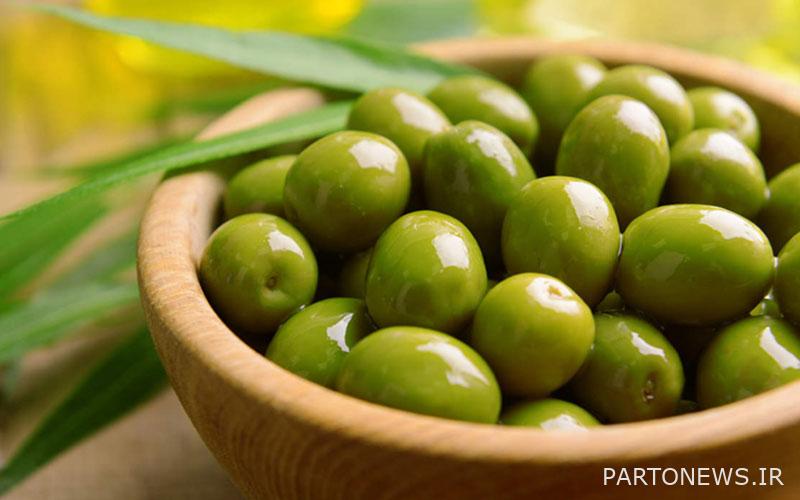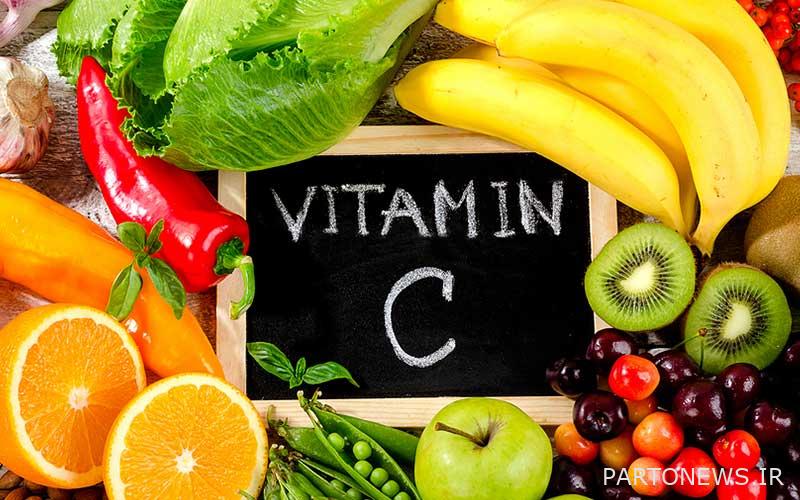What are the best sources of iron for vegetarians?

Vegetarian diets may increase the risk of developing anemia. There are two types of iron in foods: heme and non-heme. Heme iron, found in animal products such as meat and poultry, is better absorbed by the body than non-heme iron found in plant sources. Because vegetarians are deficient in iron from animal sources, they may be more likely to develop anemia and iron deficiency. Although iron deficiency can be treated with Iranian or foreign iron pills, there are many plant sources that help vegetarians get the iron they need. In this article, you will learn about iron sources for vegetarians.
What we read in this article
Why do some vegetarians get anemia?
In Iran, about 30% of people are iron deficient, although this figure is higher in women than men. Anemia occurs when the human body does not produce enough red blood cells or when the cells are not functioning properly. In most cases, anemia is caused by iron deficiency, but vitamin B12 deficiency is also effective in causing anemia. Symptoms of anemia include chronic fatigue, pale yellow skin, weakness, dizziness, irregular heartbeat, shortness of breath, headache, and cold hands and feet. Because plant-based sources of iron are less absorbed than animal sources, and vitamin B12 is not abundant in plant-based sources, vegetarians are more likely to develop anemia.
Introducing the best sources of iron for vegetarians
As a vegetarian or vegan, you can use the following foods to get the iron your body needs. In addition to the foods that will be introduced, do not forget to consume sources of vitamin C because this vitamin will increase iron absorption by up to 300%. The best sources of vitamin C are citrus fruits, broccoli and cauliflower. The best plant sources of iron are:
Beans and peas
Legumes such as peas and black peas have the highest amount of iron among legumes. Cooked beans also contain about 4.2 to 4.7 milligrams of iron per cup. Dried beans also contain significant amounts of the mineral iron. Chickpeas and beans can be used in a variety of foods and even in salads.
Lentils
Like beans and peas, lentils contain the right amount of iron. One serving of cooked lentils contains about 6.6 milligrams of iron. There are different types of lentils, each of which contains iron and can be used in different foods. Most of us Iranians use brown lentils to cook pilaf lentils and lentils. But red and green lentils can also be used in salads.
Foods containing soy
Soy products are one of the best sources of iron for vegetarians. Like soybeans, soy-rich foods such as tofu or soy milk are good sources of iron. Today, by visiting a supermarket or grocery store, you can easily access soy and its products.
Nuts and seeds
Nuts, seeds, and some of the oils and butters made from the kernels in nuts are an ideal source of iron. Pumpkin, sesame, hemp and flax seeds are in the highest rank in terms of iron richness. Although the ingredients in nuts contain iron, if the nuts are roasted, they have a lower iron content.

Dark green vegetables are a good source of iron for vegetarians
Do not neglect vegetables that have dark green leaves because they are very good sources of iron. These vegetables include spinach, kale, beet leaves and cabbage. 100 grams of spinach has a higher iron content than 100 grams of red meat. Add dark green leafy vegetables to smoothies and salads and use with your meal.
potato
You can find a good amount of iron in potatoes, but only if you do not peel it. A large, unpeeled potato will provide about 18% of your daily iron needs. Sweet potatoes also provide 12% of your daily iron needs.

Mushrooms
Mushrooms are one of the best sources of iron for vegetarians, but only if you use plain white button mushrooms and oyster mushrooms. Slice these mushrooms and eat them with leafy vegetables, beans and lentils.
Date palm cheese
About 1 cup of date palm cheese provides 26% of your daily iron needs. This food has a firm texture and has a pleasant taste. You can use date palm cheese as a cream cheese and eat it with bread.
Dried tomatoes
There is not much iron in raw tomatoes. But dried tomatoes can be a source of iron for vegetarians. Tomato paste and dried tomatoes provide 22% and 14% of the daily requirement of iron, respectively.
Fruits with iron
In general, fruits do not contain a lot of iron, but among them, berries and olives have good amounts of iron. Although fruits do not contain much iron, they are rich sources of vitamin C. As mentioned earlier, vitamin C helps a lot in absorbing iron. Therefore, in addition to iron sources, always use foods containing vitamin C.

Whole grains are a good source of iron
Eat whole grains and use the iron in them to help prevent and treat anemia. Oatmeal is one of the best whole grains that you can add to soup and use. For your breakfast, try to use whole grains instead of white bread, which are more beneficial for your health in all respects. Quinoa is also an ideal source of iron among whole grains.
Dark Chocolate
This type of chocolate is not only rich in antioxidants, but also has good amounts of iron, and 85 grams of it provides 18% of the daily requirement of iron. Bitter chocolate is a rich source of copper, manganese and magnesium and can be used as a snack during the day.
How to increase iron absorption from plant sources?
We have described the best sources of iron for vegetarians. As mentioned, the absorption of heme iron from animal sources is easier. But non-heme iron is not absorbed as much as heme iron in the body. For this reason, vegetarians are usually advised to consume 1.8 times more iron than people who eat meat. In order to increase the absorption of iron from plant sources, we can use the following strategies:
- Eat foods rich in vitamin C to increase the absorption of other iron by up to 300%.
- Avoid drinking tea and coffee with meals and close to the time of consumption to avoid a 50% reduction in iron absorption.
- Use whole grains and cereals because this will reduce the phytate in the food and increase the absorption of iron.
- Use cast iron utensils. Foods made in cast iron pans contain 2 to 3 times more iron than foods made in non-ferrous dishes.
- Eat foods rich in the amino acid lysine. Plant foods such as legumes and quinoa, which are rich in the amino acid lysine, along with iron-rich meals, will greatly increase the absorption of this mineral.

The amount of iron in some foods
Here are some examples of plant foods and determine the amount of iron in them so that as a vegetarian you can think more consciously about getting the iron you need:
- Cooked white beans: 1 cup = 8 mg of iron
- Bitter chocolate 45 to 69%: 85 g = 7 mg of iron
- Cooked lentils: half a cup = 3 mg of iron
- Cooked spinach: half a cup = 3 mg of iron
- Red beans: half a cup = 2 mg of iron
- Cooked chickpeas: half a cup = 2 mg of iron
- Tomato paste: Half a cup: 2 mg of iron
Also, 1 medium cooked potato, 18 cashews, half a cup of peas and 1 cup of cooked brown rice contain 1 mg of iron mineral.
Concluding remarks
Iron sources for vegetarians are very diverse and we have mentioned the most important of them in this article. Since vegetarians are more prone to anemia, they should pay attention to their body’s iron supply and, if necessary, use iron pills in consultation with their doctor if they experience symptoms of anemia.
Please rate this article
[مجموع: ۱ میانگین: ۵]


